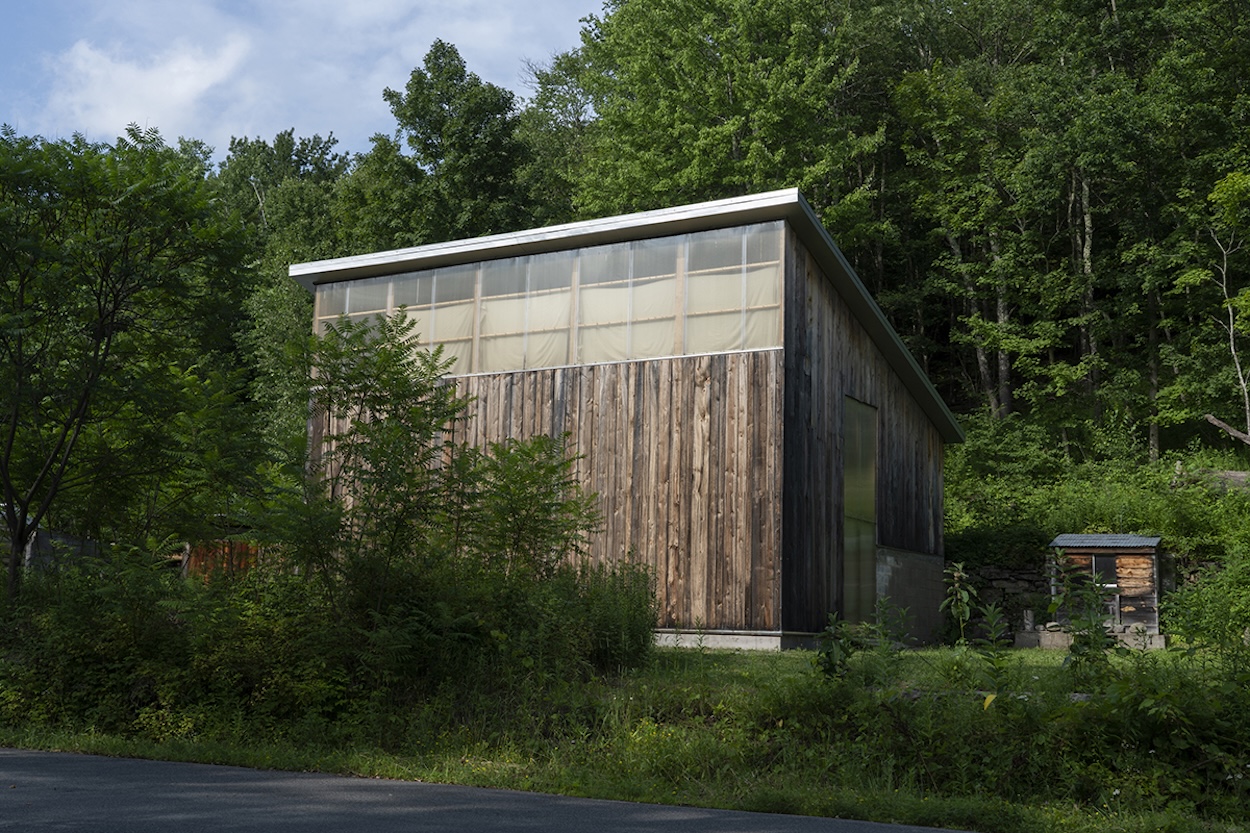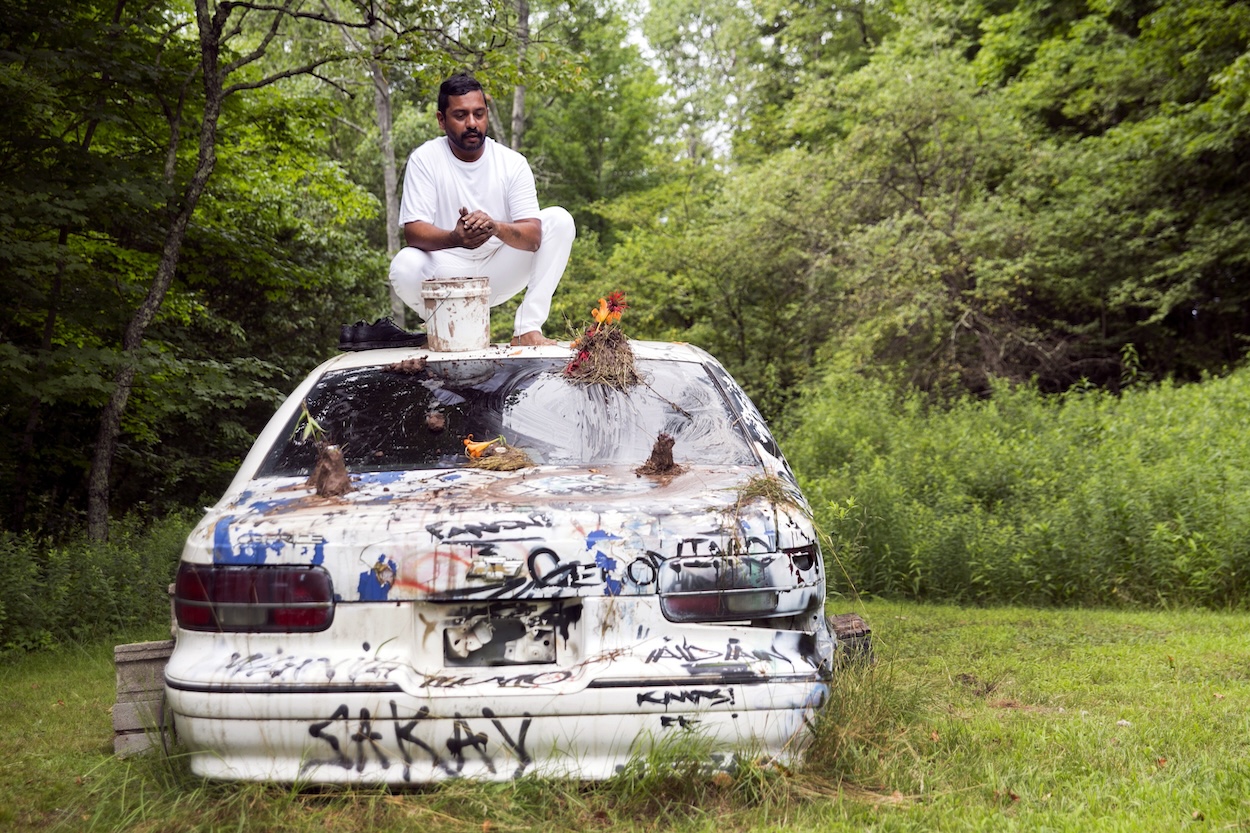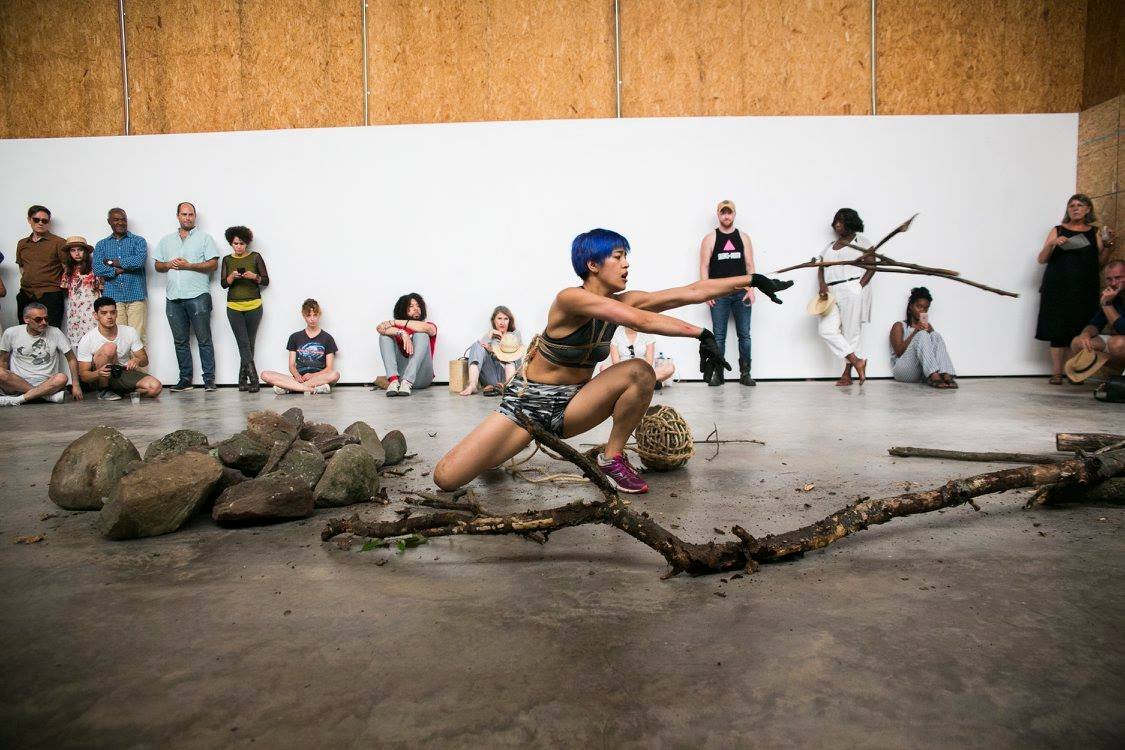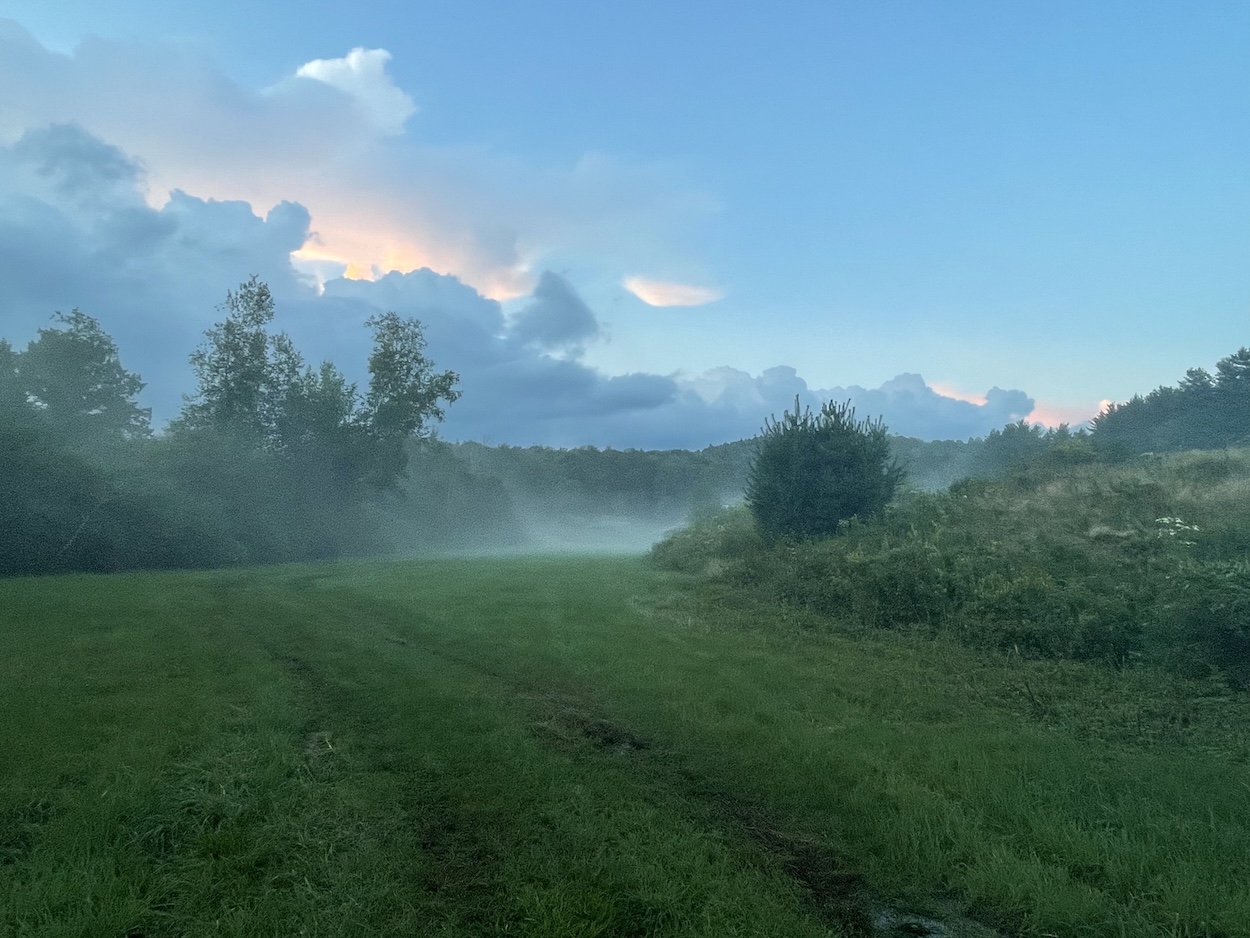Set upon 220 forested acres in New York State’s Southern Catskills, Denniston Hill has welcomed artists from around the world for more than 20 years. This residency—founded by artists Julie Mehretu and Paul Pfeiffer, and architect Lawrence Chua—offers artistic sanctuary, ample resources, and a nourishing community to an annual group of intersectional artists. For the 2025 residency season, 22 individuals will call Denniston Hill home. This roster not only includes artists in the traditional sense—working with paint and sculpture, film and textile—but also a legal advocate, community organizer, physician, language theorist, and more.
In The Southern Catskills, Denniston Hill is Set To Welcome 22 Residents
BY DAVID GRAVER May 23, 2025
“We have always endeavored to create—and really honed in on this season—an interdisciplinary group that goes beyond the frame of art,” Megan Steinman, Denniston Hill’s Executive Director, shares with Surface. “The whole purpose of bringing in this interconnected set of practices is to start activating a complete ecosystem—and then to demonstrate how a residency is an essential part of that ecosystem.”

Denniston Hill provides more than free housing, studio spaces, and a living stipend. Community is integral. “We sought to build an ecosystem at Denniston Hill where all these different kinds of practitioners can be living with each other, cooking with each other, doing studio visits with each other—and sharing ideas around the table while also radiating that connection and communication outward into the field itself,” Steinman adds.
In doing so, residents forge an intellectual connection and shared intentionality. “What we are trying to make a case for is that this time and this space is part of artistic production,” Steinman continues. “It is not separate from artistic production but it is essential to artistic production. The very fact that artists are coming to Denniston Hill to work on projects and/or to have a moment of respite or reflection after a project is part of this long rhythm.” Because of the ecosystem-like structure, Denniston Hill acts as a pipeline from artist projects to public spaces.

“It’s very different than the structure of a gallery, or a museum. It has more to do with being surrounded by one’s peers—artists who understand production,” Steinman says. This includes KJ Abudu, BAE BAE (Kumi James), Rosa Barba, Demian DinéYazhi, Harry Dodge, Covey Gong, jetsonorama, Prem Krishnamurthy, and more.
This year also sees several infrastructure developments, and an accessibility plan for Denniston Hill’s future. “We were thinking about who was coming to Denniston Hill, and we realized it was the able-bodied who could navigate the campus with agency and safety,” Steinman says. “It’s a rolling landscape. It’s forests and fields and rocky beaches that lead you to a pond and river. It is uneven terrain on the path to our garden, where we grow vegetables and fruits and herbs for our residents.” The Denniston Hill team asked two questions: Who is not able to participate in this? Who is not at the table yet?

An accessibility plan commenced with a transformation. One renovation turned a garage into an Americans with Disabilities Act (ADA) compliant live-work space. This expanded into a map of accessibility restructuring, which includes a 360-degree ramp to encompass the entire house. Further, this became an opportunity to address other antiquated structural systems, and introduce solar power, while minimizing use of petroleum and gas.
“So much of my role has been to move our organization into our current chapter,” Steinman says. “How do we think about the roots that will ground us so that we can grow upward? How are we fortifying Denniston Hill moving forward?” She looks to new board members Marcus Hu, Christine Y. Kim, and Sarah Workneh, who were longtime personal and professional collaborators. The board growth is meant to mirror the way Denniston Hill does everything: collectively.
